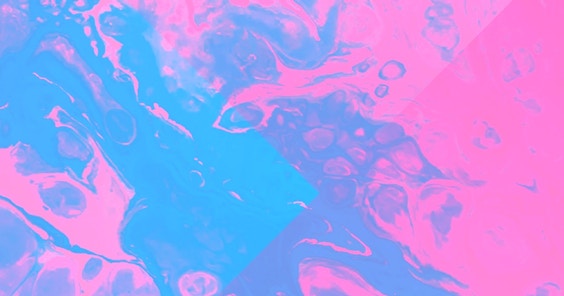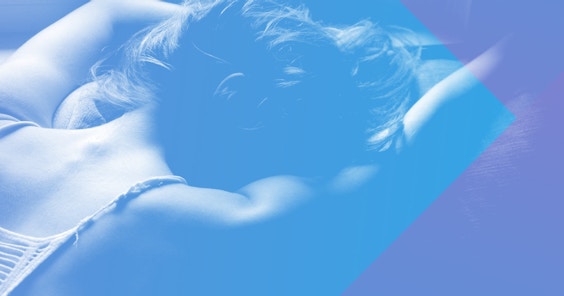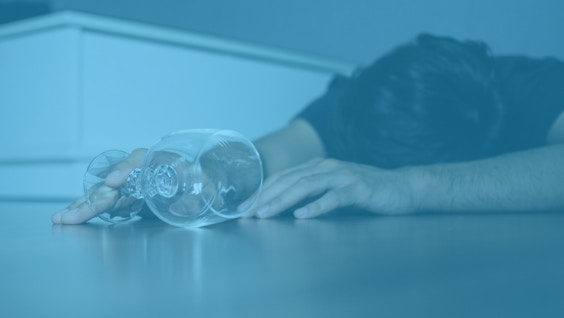I Am Sober is a free app that helps you get some control back in your life.

30 Days Without Alcohol
Last Updated: Thu, March 28, 2024Quitting drinking cold turkey can be extremely challenging, painful, and – depending on how long and how heavily you’ve been drinking – even life threatening, but the main thing is, it can be done. While symptoms can vary from person to person, keep in mind that it is going to be painful at first, but the positive impact will come. This is worth mentioning now because addiction feeds the short-term rewards system of your brain. What this means is, you are going to have a hard time visualizing the long-term benefits of sobriety when every fiber of your being is telling you to start your sobriety tomorrow. Alcohol withdrawal symptoms hurt and cravings can be downright torturous, so to help you prepare, here’s what the first 30 days without alcohol looks like.
Day 1: Sober Hangover
For many people, day one without alcohol is especially challenging because it tends to follow a night of heavy drinking. As alcohol withdrawal symptoms can start as early as six hours after your last drink, it’s not surprising that many people start suffering withdrawal symptoms at the same time they’re being hit with a throbbing hangover.
Your first 24 hours without alcohol involves a throbbing headache, sweating, the shakes, cravings, anxiety and poor sleep. Many people have difficulty concentrating as well due to the painful symptoms which make routine tasks challenging. Pro tip, if you plan on quitting drinking cold turkey (i.e. without the aid of AA or rehab), start on a Friday so you’re not spending the first day at work.
Day 2: More Sweating, Less Sleeping
Sleep worsens even if you get plenty of sleep, most report waking up and feeling restless and achy. Sweating worsens which makes hydrating even more of an issue. Headaches are still in full force. A sober hangover may not be the worst hangover of your life, but it will be the longest. Dry heaves are common and anxiety is through the roof.
Day 3: Withdrawal Nightmare
Insomnia may be in full force, which means hallucinations, hearing voices, or even just ringing in your ears. If sleep is happening, you may not be aware of it. Mood swings and general irritability are common. Don’t be surprising if you burst into tears and don’t know why. More sweat, people have awoken in the middle of winter and felt feverishly hot. For others, this is when they seek medical attention, suffer a seizure, or Delirium Tremens (DT) manifests. For many this is the worst day of their withdrawal.
Day 4-5: The Turning Point
For the majority of people, days 4 and 5 bring on relief. Many report having better sleep while others no longer feel the pounding headache and nausea. Shakes and foggy memory are still common, but the pain subsides. Anxiety may be present, but not to the degree it was before – where it encroached on paranoia. Cravings will play a large role, but the physical symptoms including cold sweats, lessen if not altogether disappear.
Day 6-7: Anxiety Worsens, Sleep Improves
Overall, most people sleep better than they have in years (not just by comparison to their insomnia from the previous week. Most physical symptoms have subsided by this point, but the torment from psychological symptoms persist and fluctuate in severity. For some people, stress and anxiety keep the on edge. Those that go to the doctor tend to be diagnosed with high blood pressure. Even those that are feeling better, admit they have bouts of depression and usually struggle visualizing the lifelong goal of staying sober.
Days 8-9: Feeling Net Positive
The start of the second week is when many people start to notice overall improvements and not just in their symptoms. Many people report healthier skin and hair with a better appetite overall. Physical symptoms (for most) have completely disappeared. People report more energy, increased productivity, even vision and hearing. The most difficult symptom at this stage is the cravings.
There are some – and especially those who have been drinking heavily for decades – who still experience physical symptoms in this range. These people tend to see an improvement in their symptoms, but are still experiencing nausea and disrupted sleep. Additionally, this subset of people also experience a paralyzing anxiety, such as waking up from a nightmare and being unable to fall back asleep, feeling that the nightmare continues.
Days 10-11: Sharper Mind, Better Body
The “beer belly” has noticeably improved and many feel their mind is sharper causing better performance at work and in better in conversation. Many feel a sense of self-confidence they hadn’t had before and find that this is helpful in warding off cravings. More energy, better sleep, and more present. Most people feel their senses are heightened, their thoughts are clear, and they’re feeling more wholesome – a better and truer version of themselves.
People who have had severe withdrawal symptoms up to this point may still be experiencing mood swings and increased irritability. Insomnia however and nausea should have subsided however.
Days 12-14: The Worst Is Over
By two weeks, almost everyone (including those with severe symptoms) see an improvement in their overall health and wellbeing. Sleep is much improved, anxiety is less severe, and headaches are mild (if they’re happening at all. At this point, bags under eyes have faded, skin’s elasticity and color has noticeably improved; for instance, even cuts and scrapes heal much more quickly. Appetite has improved and even cravings feel less threatening.
Week 3: The Gift Of Time
By week 3, there shouldn’t be any more symptoms physical or psychological. The only element that may continue to persist is cravings, but that’s naturally. Even then, cravings should be easier to manage. In addition, most people notice increased productivity and a slew of other healthier habits as a result of not drinking. Beyond the obvious, most people discover how much time and money they have now that they’ve quit. There’s more time for projects, hobbies, and people. There’s more money to participate in weekend trips and monthly events.
At this point, anyone who is still experiencing symptoms should seek medical help as it could be a combination of factors and not simply detoxing from alcohol.
Week 4: Weight Loss & Happiness
Most people reach the butterfly of their metamorphosis, noticing a physical change with people reportedly dropping as many as 10-25 pounds. They feel in touch with their emotions and more present throughout their life. Even anxiety and rapid thoughts have subsided and they notice more control of their mental state in general.
Day 30 & Onward: Never Look Back
After one month sobriety, almost unanimously, people recognize (and desire) to never drink again. Cravings become less frequent and infinitely less demanding. For many, they feel like they’ve been personally dormant and have finally awoken a true version of themselves. They feel better and don’t need to numb that sensation with alcohol.
Winston Churchill put it best, “If you’re going through hell, for God’s sake keep going.”
Because withdrawal symptoms from alcohol vary depending on your personal history with the substance, it’s important to weigh that information against whether or not to quit cold turkey or seek medical treatment at a rehabilitation center. Rehabs can help curb the painful effects of alcohol withdrawal which may also help you focus on the long-term goal of staying sober. The road to recovery is long, painful and full of temptations, but keep going.
I Am Sober is a free app that helps you get some control back in your life.




